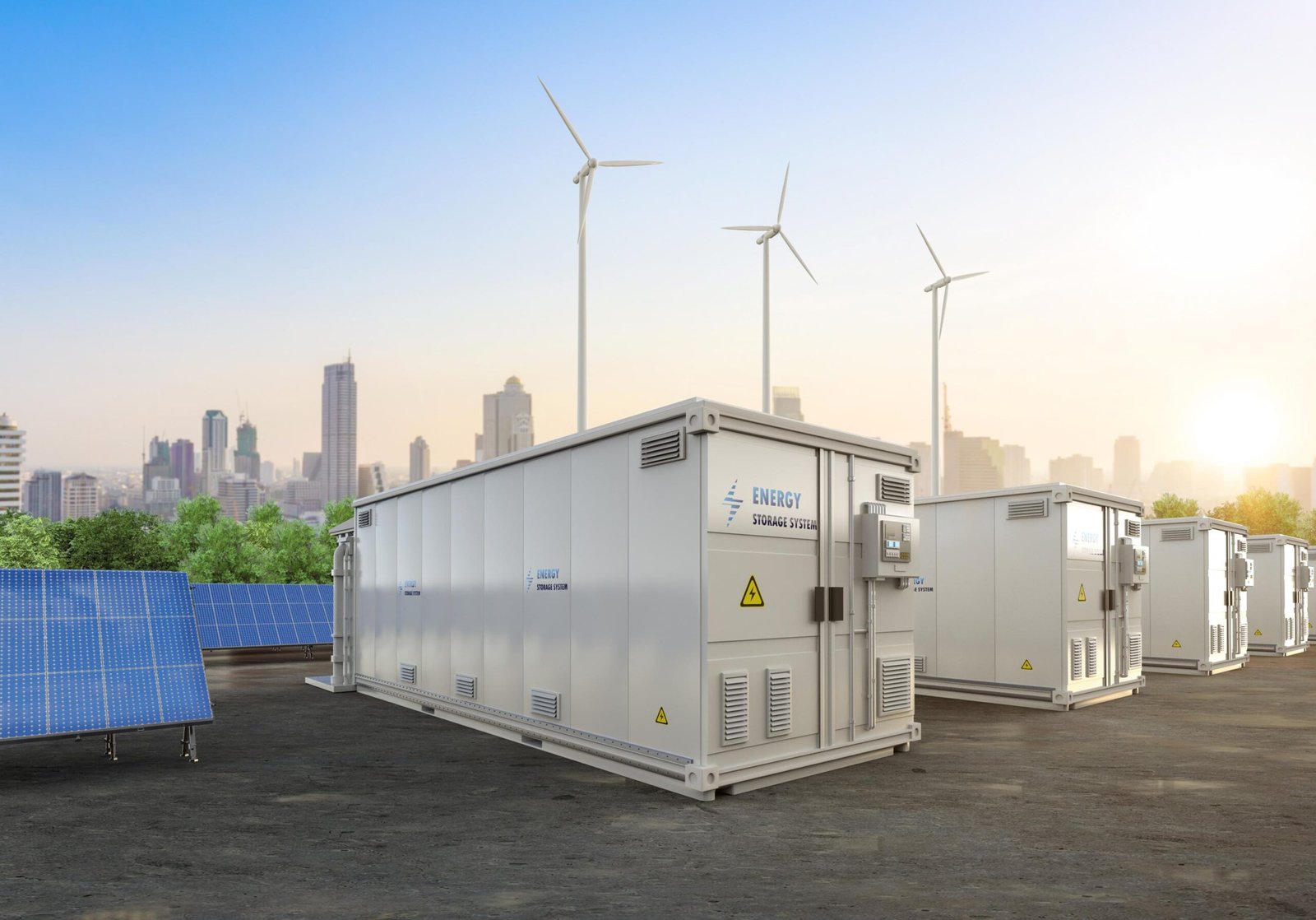Europe has witnessed a remarkable surge in its renewable energy sector in recent years, driven by the urgency to combat climate change, reduce carbon emissions, and ensure greater energy security. Governments and industry players across the continent have ramped up efforts to embrace cleaner and more sustainable energy solutions, with an increasing focus on solar, wind, and other renewable sources of power. This transition is not just a trend but a vital move towards reducing Europe’s reliance on fossil fuels, bolstering energy independence, and meeting ambitious climate goals set by the European Union. As part of this ongoing revolution, one area that has seen dramatic growth is the adoption and expansion of battery storage systems. These systems are pivotal in ensuring that the energy produced by renewable sources is stored and efficiently used, even when the sun isn’t shining or the wind isn’t blowing.
Renewable energy has rapidly become the cornerstone of Europe’s energy strategy, with countries like Germany, the United Kingdom, and Spain leading the way in the development of solar and wind power capacities. At the same time, Europe has set aggressive targets to reduce its greenhouse gas emissions by at least 55% by 2030, compared to 1990 levels, and to achieve net-zero emissions by 2050. These ambitious goals have led to a massive surge in the installation of solar panels and wind turbines across the region, signaling Europe’s commitment to a cleaner energy future. However, as the share of renewable energy in the grid increases, so does the challenge of integrating it effectively into the power system. This challenge arises from the intermittent nature of renewable energy sources—solar and wind power are not consistent and reliable at all times.
One of the main solutions to this challenge lies in battery storage technologies, which are designed to store surplus energy generated during periods of high renewable energy production and release it when production falls. This ability to store energy for later use is crucial in maintaining a steady, reliable power supply, even when renewable energy generation is not at its peak. By effectively storing energy, these battery systems enable renewable power to be used when it’s needed the most, ensuring that energy security is not compromised, and that reliance on traditional, non-renewable power sources is minimized. As the cost of battery storage technology continues to decrease, more and more companies and governments are investing in large-scale battery storage systems to enhance grid reliability and stability.
The demand for battery storage in Europe has risen dramatically in recent years, paralleling the rapid expansion of renewable energy generation. According to recent reports, the growth of battery storage installations has broken records in many European countries, with notable advancements seen in the United Kingdom, Germany, and France. These countries have implemented policies and strategies to increase the capacity of battery storage systems, allowing them to store energy from renewable sources and dispatch it into the grid when necessary. In the UK, for example, the government has laid out a clear plan to achieve net-zero carbon emissions by 2050, which includes a major focus on developing flexible grid solutions. This includes using battery storage to capture excess energy produced during sunny or windy days and release it during periods of low production. This shift to flexible energy storage systems is fundamental to maintaining a stable and reliable grid as more renewables are integrated into the energy mix.
One of the significant benefits of battery storage is its ability to support energy independence and decentralized energy generation. With Europe moving towards a more decentralized energy system, households, businesses, and even communities are becoming active participants in the energy transition. Many European citizens are now investing in their own solar panels and wind turbines, allowing them to generate their own power. However, for this distributed generation model to work efficiently, energy storage systems are needed to store excess energy that is generated. This is where battery storage technology comes into play, providing the necessary infrastructure to ensure that energy generated locally can be used when required, without the need to rely on central power plants. This decentralized model also reduces pressure on the national grid, enhancing grid resilience and lowering transmission losses.
The increasing use of battery storage in Europe is also vital for enhancing the continent’s energy security. As Europe looks to reduce its reliance on fossil fuel imports—particularly from politically unstable regions such as Russia—battery storage offers a means to ensure a consistent and reliable power supply. By locally storing energy generated from renewable sources, Europe can become less vulnerable to supply disruptions and price fluctuations in the global energy market. With the ongoing geopolitical instability and the global push for energy independence, battery storage is increasingly seen as an essential part of Europe’s strategy to secure its energy future.
Despite the clear benefits, the widespread adoption of battery storage systems in Europe still faces some challenges. The most significant of these challenges is the high upfront cost of installing large-scale storage systems. While the cost of battery technology has fallen significantly over the years, the initial investment required to install and integrate these systems remains a barrier for many. Additionally, there are concerns regarding the environmental impact of battery production and disposal, particularly given the raw materials used in the manufacturing of batteries, such as lithium, cobalt, and nickel. The mining of these materials can have negative environmental and social consequences, and there is an increasing push to develop more sustainable and ethical sourcing methods for these essential components.
Despite these challenges, the future of battery storage in Europe looks promising. With ongoing research and development, it is expected that battery storage technology will continue to evolve, becoming more efficient, cost-effective, and sustainable. New developments in solid-state batteries, flow batteries, and other innovative technologies hold the potential to further increase the capacity and efficiency of energy storage systems, making them even more integral to Europe’s energy transition. As these innovations come to fruition, battery storage will undoubtedly play a central role in Europe’s renewable energy landscape, helping to ensure that clean energy can be reliably delivered to consumers and businesses across the continent.
The role of battery storage in Europe’s renewable energy transition cannot be overstated. As the continent continues to expand its renewable energy generation capacity, battery storage will be a crucial component in balancing supply and demand, enhancing grid stability, and ensuring that clean energy is used efficiently and effectively. The growth of battery storage in Europe is a testament to the continent’s commitment to a sustainable energy future, and as technology continues to advance, it will only become more vital in helping Europe meet its ambitious climate goals.
Get the latest updates on Energy, Construction, Engineering, and Cryptocurrency. Join us on WhatsApp or Telegram for real-time news. Have a report or article? Send it to report@epci.ng.
Follow us on X (Twitter), Instagram, LinkedIn, and Facebook for more industry insights.







Leave feedback about this